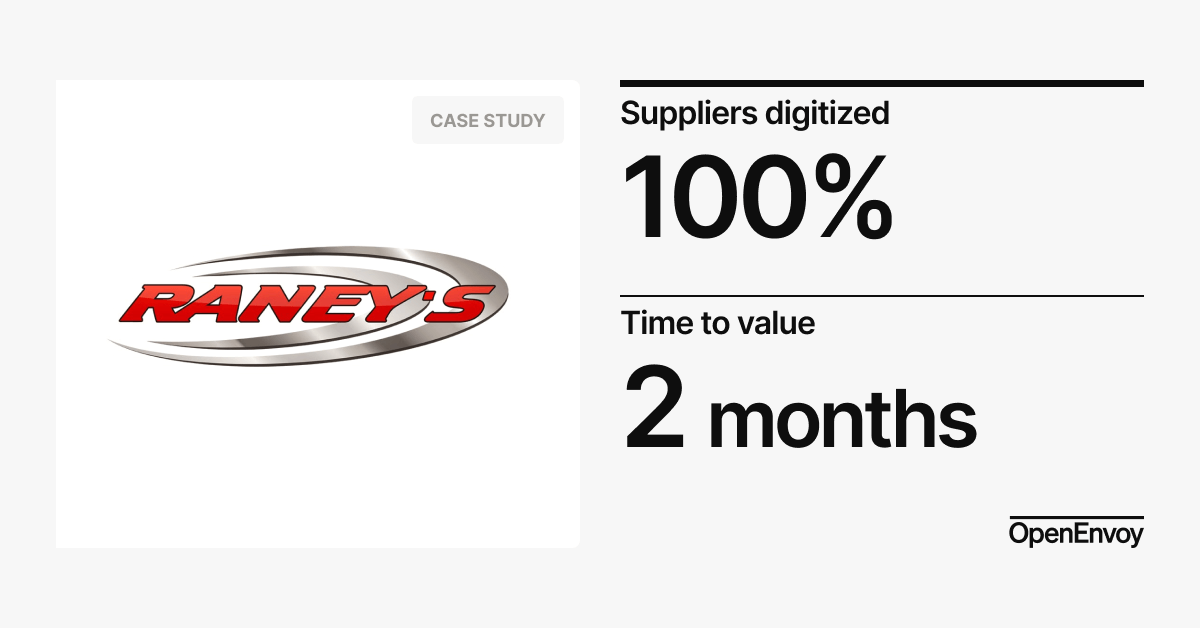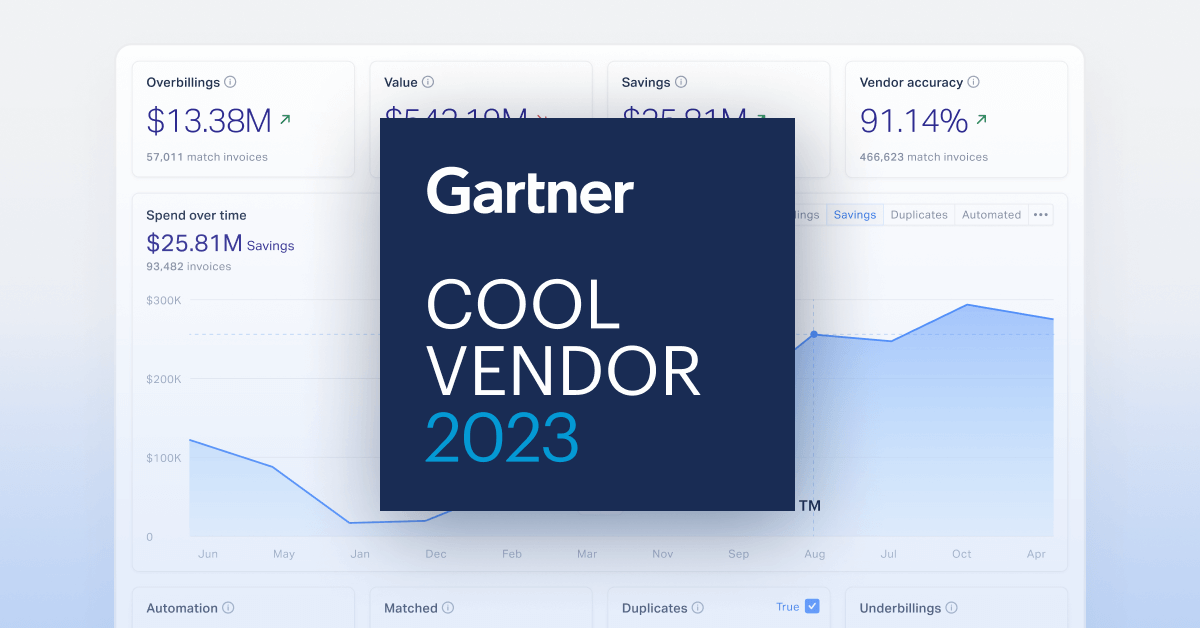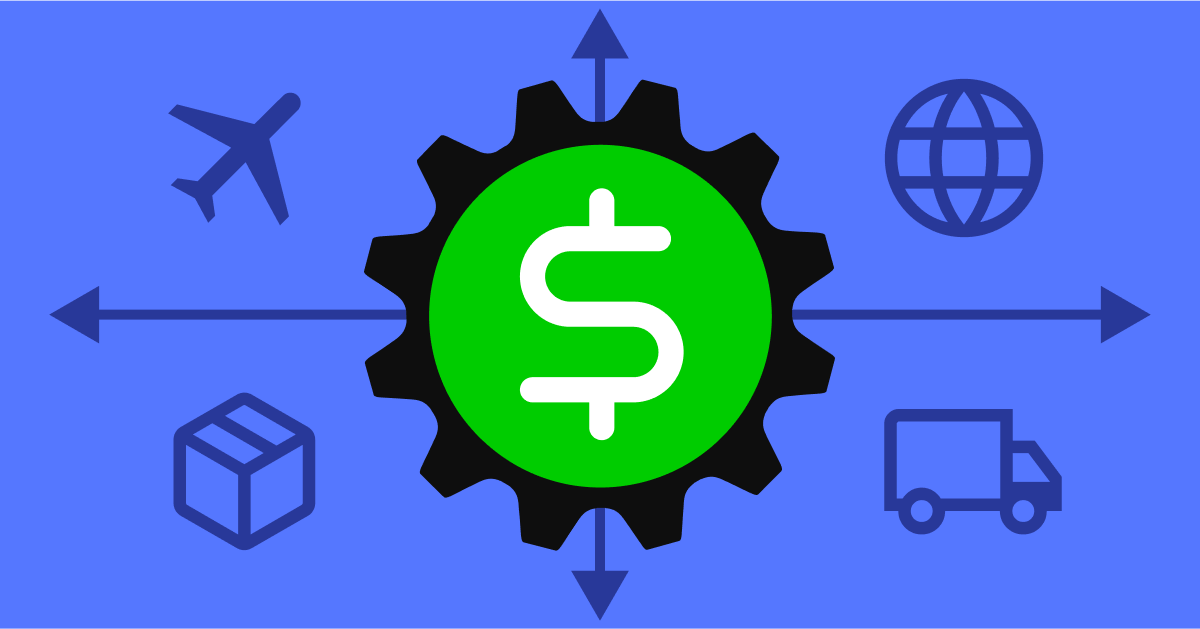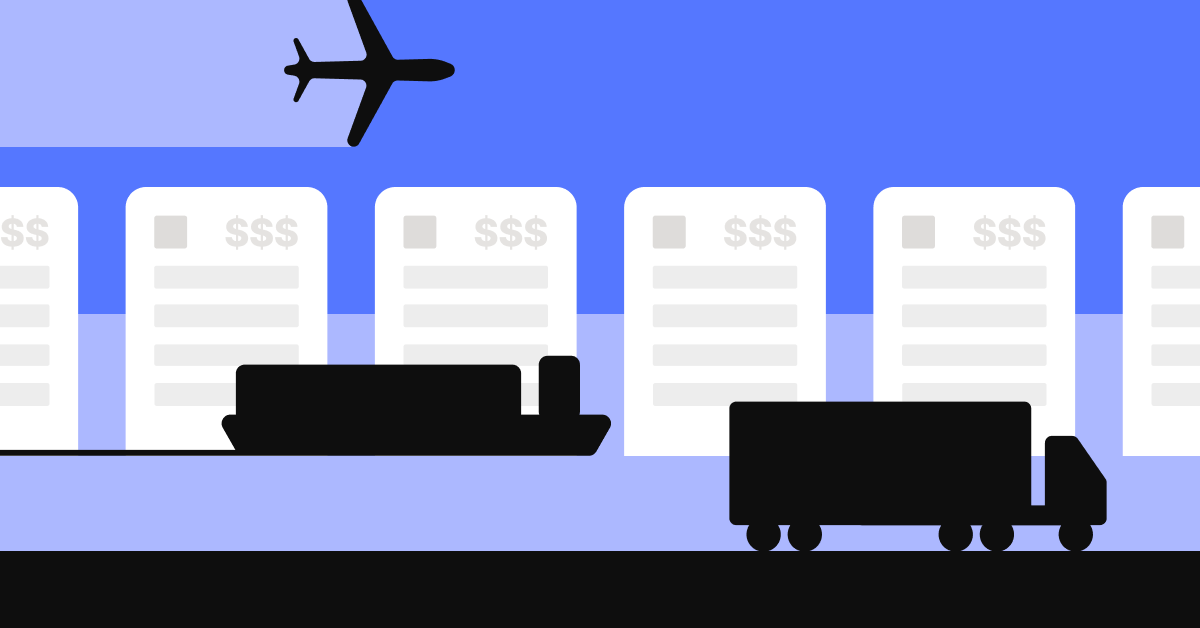Detention and demurrage charges are among the most overlooked, yet financially damaging, costs in global shipping, often accounting for billions in annual industry expenses. They can quietly erode margins, trigger disputes, and complicate financial planning.
Industry estimates show these charges can account for up to 20% of total shipping costs, with a large global shipper reporting that 60-70% of shipment disputes involve complex free time calculations and related charges. While the standard "free time" allowance typically ranges from 3 to 7 days, the terms can vary significantly based on carrier policies, product specifications, port conditions, and contractual agreements.
The complexity behind the cost
Managing these fees is anything but simple. Variables include:
- Varying free time allowances (typically 3–7 days) across carriers and contracts
- Region-specific exceptions (e.g., holidays, port closures, strike conditions)
- Multi-leg shipments involving inland haulers, ports, and transshipment hubs
- Disconnected systems and siloed documentation
For finance teams, this creates a high-risk reconciliation challenge. When invoices arrive, validating detention and demurrage charges means matching against contracts, tracking container activity, and confirming return timelines, often manually.
The cost of doing this manually?
- Slower payment cycles
- Increased risk of overpayment or missed disputes
- Resource-intensive workflows
- Delayed financial visibility and forecasting
The impact on the business
For shipping lines and ports, these charges serve a crucial operational purpose beyond revenue generation. They incentivize efficient container turnover, helping manage limited port space and equipment availability. Without these charges, containers might sit idle for extended periods, creating bottlenecks in port operations and reducing the availability of equipment for other shipments.
Shipping lines typically reinvest this revenue into equipment maintenance, new container purchases, and port infrastructure improvements. During peak seasons, these charges can contribute significantly to carriers' profitability, sometimes accounting for 15-25% of their operating margins. Port operators also benefit from improved terminal utilization and reduced congestion, which helps maintain smooth operations and sustainable growth.
The impact of these charges extends far beyond direct costs. Supply chain disruptions, port congestion, and equipment shortages can dramatically increase exposure to demurrage and detention fees. During peak seasons or periods of global disruption, daily charges can escalate to hundreds or even thousands of dollars per container, creating significant financial pressure on shipping operations.
The cost to finance teams
Finance teams face an increasingly complex challenge in managing these costs effectively. Container detention periods, terminal free time allowances, and variable rate structures create a web of potential invoicing errors. When containers exceed their allocated free time limits, costs can escalate exponentially, often catching companies off guard. The complexity is further compounded by varying policies across different terminals, carriers, and regions.
Traditional manual reconciliation processes place an enormous burden on finance teams. They must meticulously validate charges against contract terms, review container usage periods across multiple systems, and manage time-consuming dispute processes. This reactive approach typically leads to:
- Extended payment cycles that strain carrier relationships
- Increased operational costs due to manual processing
- Higher risk of payment errors and duplicate charges
- Reduced visibility into actual shipping costs
- Delayed financial reporting and forecasting
AI-powered validation: A better approach
Modern freight audit systems, such as OpenEnvoy, are redefining how these charges are managed. These advanced systems automatically:
- Match free time allowances against contract terms and amendments
- Validate container return dates across multiple documentation sources
- Calculate accurate charge periods considering holidays and exceptions
- Flag discrepancies before payment processing
- Track dispute resolution and documentation
- Generate detailed analytics for cost optimization
Benefits across operations:
- Exponential increase in processing time for demurrage and detention charges
- Substantial decrease in payment errors and disputes
- Real-time visibility into container status and potential charges
- Improved carrier relationships through faster payment processing
- Enhanced data analytics for negotiating better contract terms
The bottom line
This proactive approach prevents overpayments and eliminates the need for manual reviews, allowing finance teams to focus on strategic priorities instead of resolving time-consuming disputes. The automation of these processes also provides valuable data insights that can help optimize container utilization and reduce future exposure to charges.
Companies must shift from reactive disputes to automated validation to remain competitive in today's complex shipping environment. Real-time freight audit technology provides the control and accuracy needed to protect margins from unexpected demurrage and detention charges while improving operational efficiency and financial visibility.
The future of demurrage and detention management lies in predictive analytics and automated workflows. Advanced systems can now forecast potential charges based on historical patterns, current port conditions, and real-time container tracking data. This predictive capability allows companies to take proactive measures to avoid charges before they occur.
Contact OpenEnvoy to learn how AI-powered invoice validation can eliminate costly free time overcharges and transform your freight audit processes with intelligent automation.





